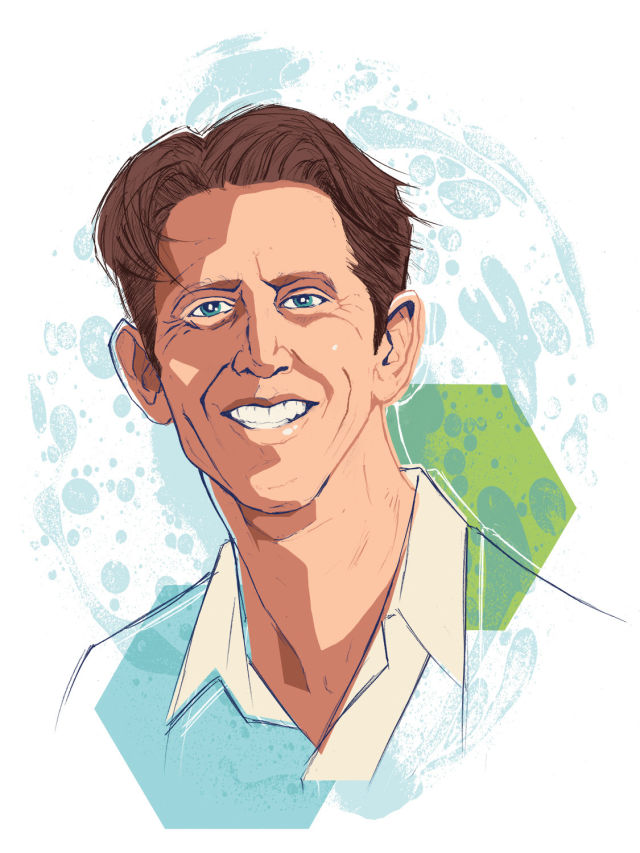Stem Cell Therapy Promises New Knees, But Will it Work for You?

Image: Matty Newton
The 2012 season was a first for then 74-year-old veteran Olympic ski racer and local ski-shop magnate David Gorsuch. Once the snow started dumping on Vail Mountain in December, he stayed off the slopes. ... Skiing just hurt too much.
More than a half-century of carving turns and grinding bumps had finally exacted a toll: the cartilage in Gorsuch’s left knee had worn down to the point that it was bone on bone; after three knee surgeries, there was nothing left to repair. His doctor recommended total knee replacement, major surgery followed by six or more weeks of intense and painful physical therapy. Instead, Gorsuch sought a radical new treatment: stem cell therapy.
“I couldn’t fit a knee replacement regime into my schedule,” he explains. “I was studying up on this stem cell business. I went in to talk to Dr. Brandt.”
That would be Scott Brandt, MD, a pioneer in the brave new world of regenerative and restorative medicine—using human cells and the body’s own healing mechanisms to restore damaged tissue and normal function to creaky joints. As a Denver-based anesthesiologist, Dr. Brandt spent sixteen years specializing in interventional pain management, finding and testing cutting-edge treatments for patients with chronic pain. Stem cell therapy, which first emerged two years ago, proved to be not just promising but so revolutionary that Dr. Brandt devoted a practice to it (and other restorative treatments), Edwards-based Thrive MD, which he opened in October, 2012. He currently is one of the only physicians in Colorado who is licensed to perform the three-hour-long outpatient procedure.
It begins with liposuction. Using a small, minimally invasive device called Tickle Lipo (because it produces a subtle tickling sensation), Dr. Brandt removes 200 ccs (about a half-cup) of stem cell–rich fatty tissue from a patient’s abdomen. After spinning the sample in a centrifuge—yielding 100 million or so stem cells, undifferentiated cells that can grow into five types of tissue—Dr. Brandt then injects the material into the patient’s ailing joint, and the magic begins.
“The stem cell will be to our generation what antibiotics were to the last generation,” Dr. Brandt predicts. “They’re like homing pigeons.”
When the cells encounter damaged muscle or cartilage—the runner’s knee, tennis or golf elbow, or even a partially torn Achilles tendon—they spontaneously regenerate, growing healthy tissue. In a matter of weeks patients can play hard again without the pain that, in most cases, has plagued them for years.
“It’s probably the most gratifying thing I’ve done in medicine,” Dr. Brandt says, noting that most of his patients tend to be active Baby Boomers like Dave Gorsuch, who want to keep on skiing and cycling well into their golden years. “It’s profound when I have patients for the first time in years getting back to doing the things they do without having undergone a major surgical procedure to get there. This provides such potential for long-term relief.”
Gorsuch can testify to the results: three weeks after his stem cell treatment, he was back on the slopes, climbing stairs, and looking forward to a summer of hiking and horseback riding.
“It felt good,” he says of his “new” knee. “I’m not getting any younger, but I’d like to be active for a while yet. It is almost magical how well it seems to work.”







































